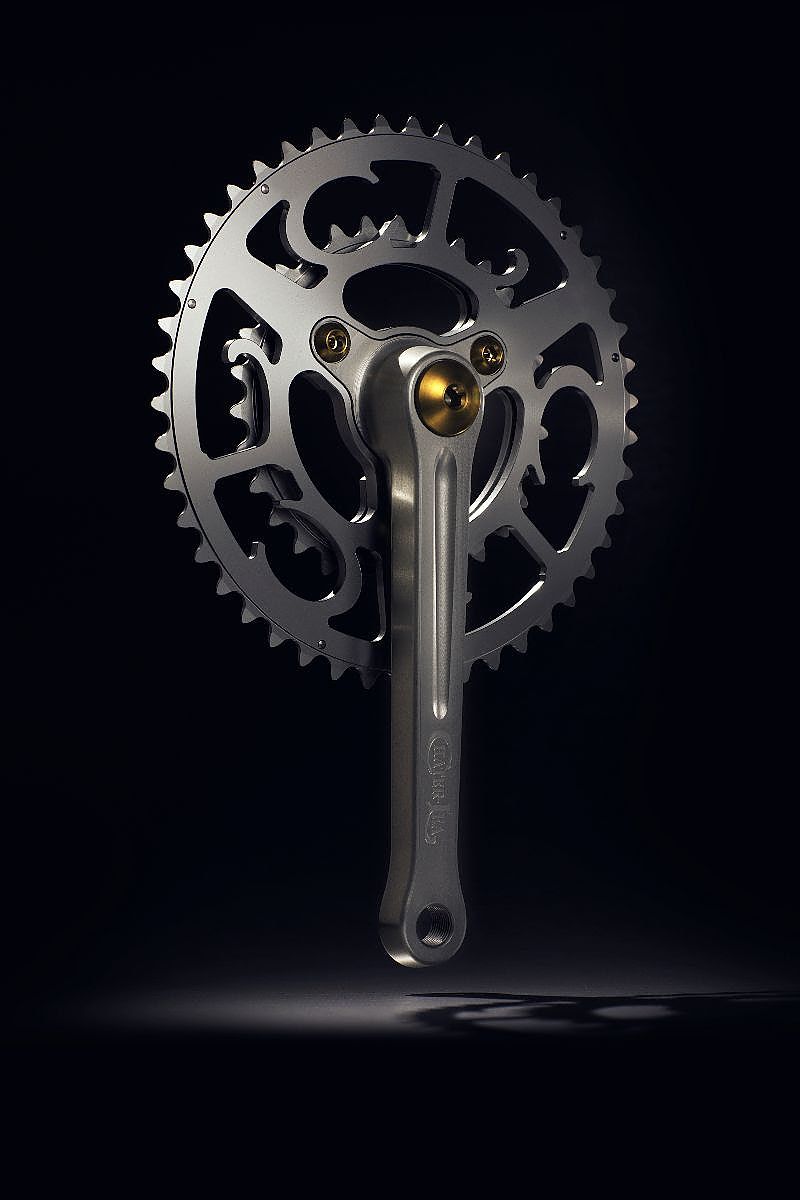It looks like electric bikes, or e-bikes, are here to stay.
Although I don't plan to start riding one any time soon, I have nothing against them. If anything, they're good for people whose knees are giving out on them, or for other people who--whether through aging or some other cause--don't have the strength or stamina they once had but still want to pedal two wheels.
What makes them controversial, though, is their relationship with unmotorized bicycles, other motorized vehicles--and traffic, whether it consists of pedestrians, cyclists or motor vehicles. Specifically, should they be subject to the same rules and regulations as, say, motorcycles? Or should they categorized with non-motorized bicycles and be allowed to share designated bike lanes and paths with them?
Cities, states and other jurisdictions are coming up their own mandates. Beach resorts and towns face another question: Should electric bikes be permitted to roll alongside regular bicycles on boardwalks?
The City Council of Ocean City, Maryland will have to come up with an answer to it when it meets on Monday. Last week, Councilman Tony De Luca introduced an ordinance that would have amended the city's traffic and vehicle codes to allow Class One motorized bikes--ones that stop assisting the rider when a speed of 20 MPH is reached--on the boardwalk. Class Two and Three e-bikes, which have a throttle and can reach higher speeds, would have been banned.
DeLuca's proposal didn't garner enough support to become part of the city's law. On Monday, the Council will hear opposing recommendations from the Bike Committee and the police commission. The former cites e-bikes' usefulness for people who are rehabilitating from an injury or have bad knees, while the latter points to difficulties in enforcing e-bike rules and the fact that cities like Virginia Beach ban them altogether.

